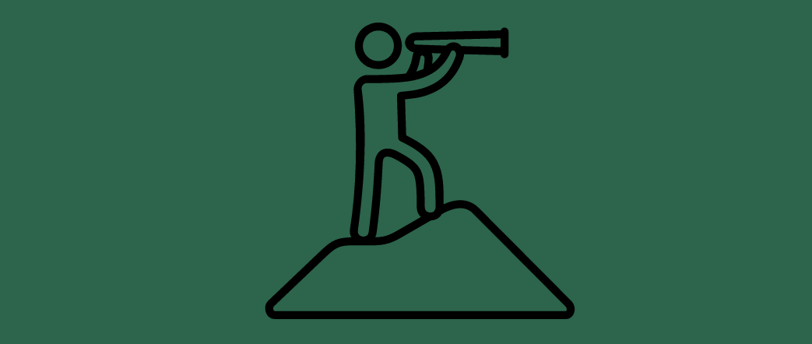A Deep Dive into Identifying and Tracking Weaknesses in Your Mental Health Clinic's SWOT Analysis
Turn vulnerabilities into strengths and amplify your positive impact on the community. A must-read for every clinic owner striving for excellence. 🧠💪 #MentalHealth #SWOTAnalysis #ClinicGrowth"
Dr. Frances Robbins
8/25/20232 min read


For mental health clinic owners, navigating the business world while simultaneously addressing clients' intricate needs is no small feat. An invaluable tool at their disposal is the SWOT analysis—assessing Strengths, Weaknesses, Opportunities, and Threats. Yet, many often grapple with genuinely understanding and tracking their weaknesses. This blog aims to shed light on that very aspect.
Understanding Weaknesses in the Mental Health Landscape
In mental health clinics, weaknesses are not mere operational inefficiencies. They encompass a range of factors, from staffing and training deficits to limitations in service offerings or even disparities in access to care. Recognizing these unique industry-related weaknesses paves the way for effective strategies.
1. Staffing and Training: Is the clinic facing a shortage of qualified professionals? Are the existing staff adequately trained to cater to the diverse needs of all patients?
2. Service Offerings: Does the clinic offer a broad range of services? Are there significant gaps in service offerings that may alienate potential clients?
3. Access and Infrastructure: Is the clinic's location easily accessible? Are there enough resources and facilities to handle the patient load?
Tracking Weaknesses Effectively
Identifying weaknesses is not enough; clinic owners must diligently track them to enact change.
1. Regular Internal Audits: Conducting periodic internal audits can help clinics keep a pulse on their functioning. This can spotlight areas of concern long before they escalate into significant issues.
2. Feedback Mechanisms: Implementing a structured feedback system, where staff and patients can anonymously share their concerns, offers insight into areas needing attention.
3. Benchmarking: Comparing one's clinic operations and services against industry standards or competitors can clearly show where the clinic might be lagging.
Turning Weaknesses into Opportunities
The goal of tracking weaknesses isn't just to identify them but to strategically address and convert them into strengths.
1. Continuous Training: Investing in ongoing training for staff can help address immediate weaknesses and position the clinic as a thought leader in the industry.
2. Strategic Partnerships: Forming alliances with other healthcare entities or specialized service providers can bridge the gap in service offerings.
3. Technological Integration: Embracing technology can streamline processes, offer virtual care options, and make the clinic more accessible to those unable to attend in person.
Conclusion
In the mental health sector, understanding and tracking weaknesses is not just a business strategy—it's a commitment to bettering client care. By recognizing, addressing, and turning these vulnerabilities into strengths, clinic owners bolster their business's resilience and amplify their positive impact on the community.
Clinic owners, remember: Weaknesses when approached with awareness and intention, have the potential to be your clinic's most significant opportunities for growth. Dive deep into your SWOT analysis with renewed vigor; the results may surprise you.
Frances Robbins, DBA, MIH, MSN, APRN-PMHNP-BC
USAF Veteran | Over 20 Years in Mental Health Expertise | Turning Vision into Exceptional Practices


